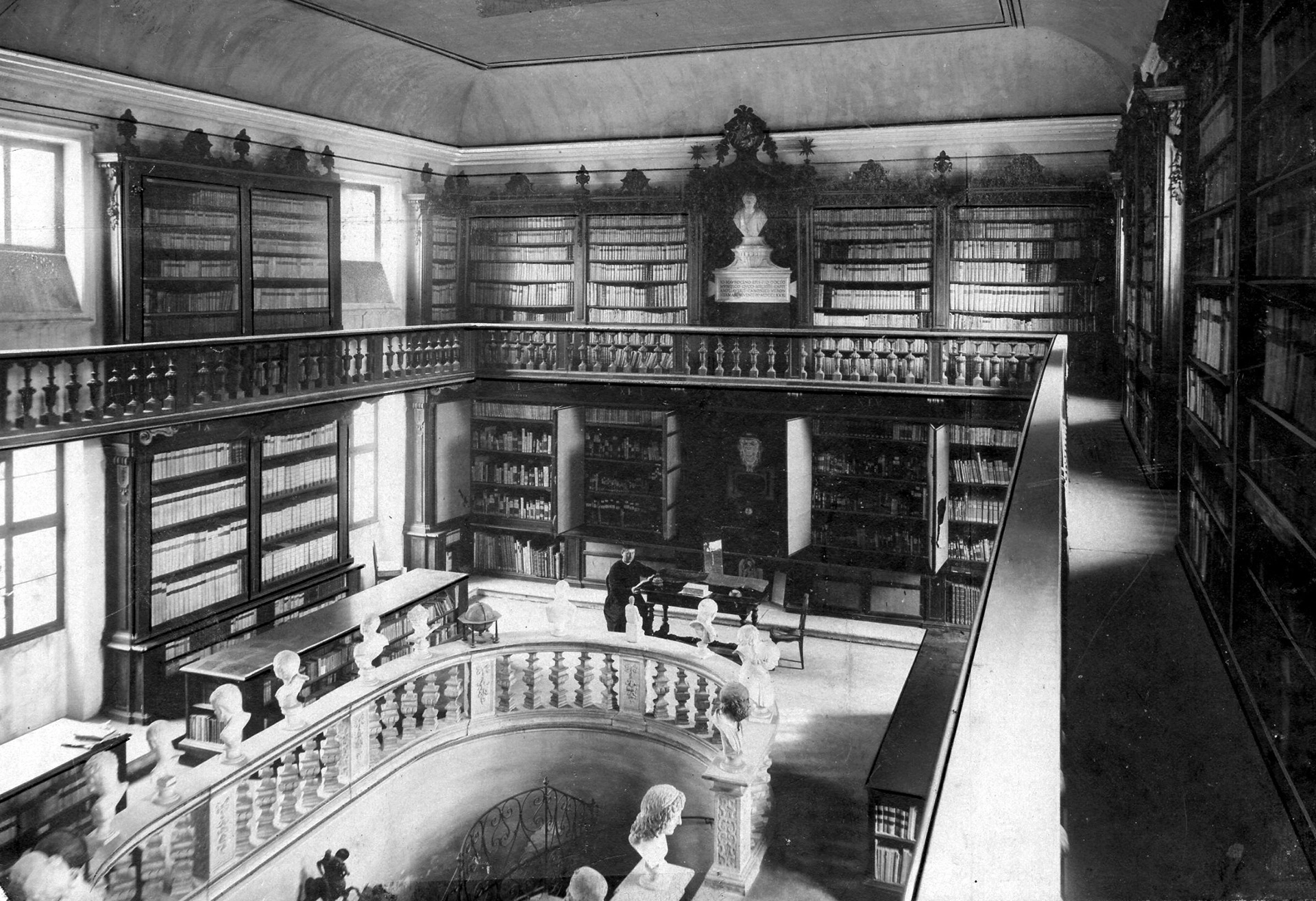Places and history
The Capitolare stands in the heart of ancient Verona, between Ponte Pietra - crossed by the Via Postumia since 148 B.C. - and the right bank of the Adige, with its trading post whose remains are still visible in the area.
This area, known as the 'Canonicato' stands on the remains of early Christian basilicas dating back to the 4th and 5th centuries, part of whose ancient floors with fine mosaics can still be admired. In this area, the Scuola, established for the training of priests, and the Scriptorium for the production of manuscripts, documented with certainty from 517 thanks to the dating indicated on a codex by the amanuensis Ursicinus. It is precisely from the accumulation of books made within the Scriptorium that the Library began to take shape, progressively configured over the centuries as a place of study and conservation, overlooking the elegant Cloister of the Canons built from the 12th century onwards. A place no longer reserved for priests alone, but frequented by illustrious scholars and men of letters such as Dante Alighieri and Francesco Petrarca.
The invention of movable type printing, in the middle of the 15th century, introduced the first printed volumes into the library and brought about the definitive closure of the Scriptorium: the library proper, which over the centuries was transformed from a mere consequence of book production to a predominant commitment, thus remained the only activity of this institution, which has continued uninterrupted to the present day. Today, the rooms of the FBC look very different from medieval times. There were, in fact, several restorations, relocations and renovations due to the various vicissitudes that occurred over the centuries: the plague of 1630, le raids of Napoleonic regime, the flood in 1882, the American bombing in 1945. Following this devastating event, the monumental hall, dedicated to Archdeacon Pacifico, was completely rebuilt on the basis of its previous appearance, with its 18th-century style architecture and imposing wooden bookcases. A recently reconstructed room, therefore, but one that retains the charm of the past and bears witness to both the drama and beauty of its history.

